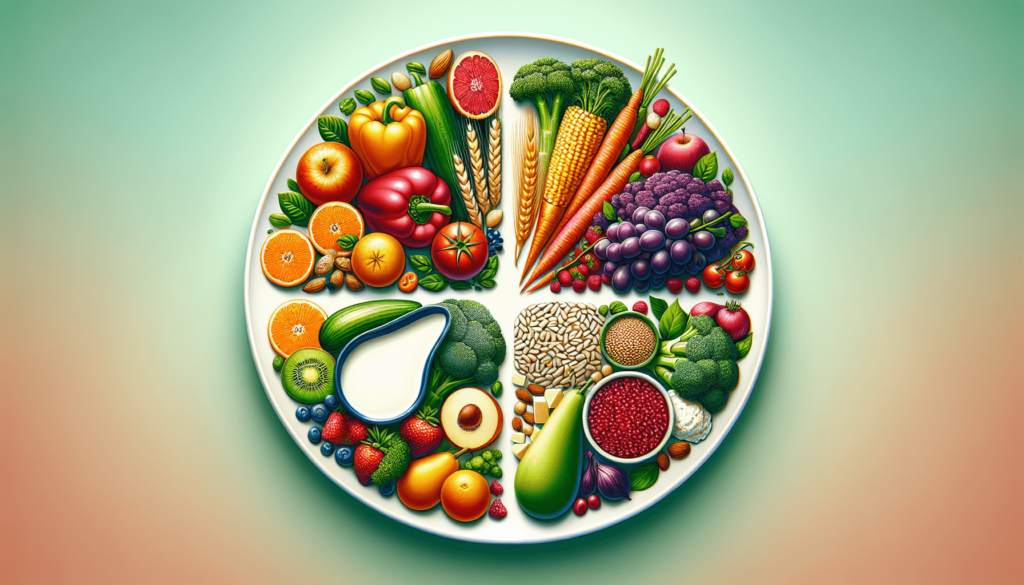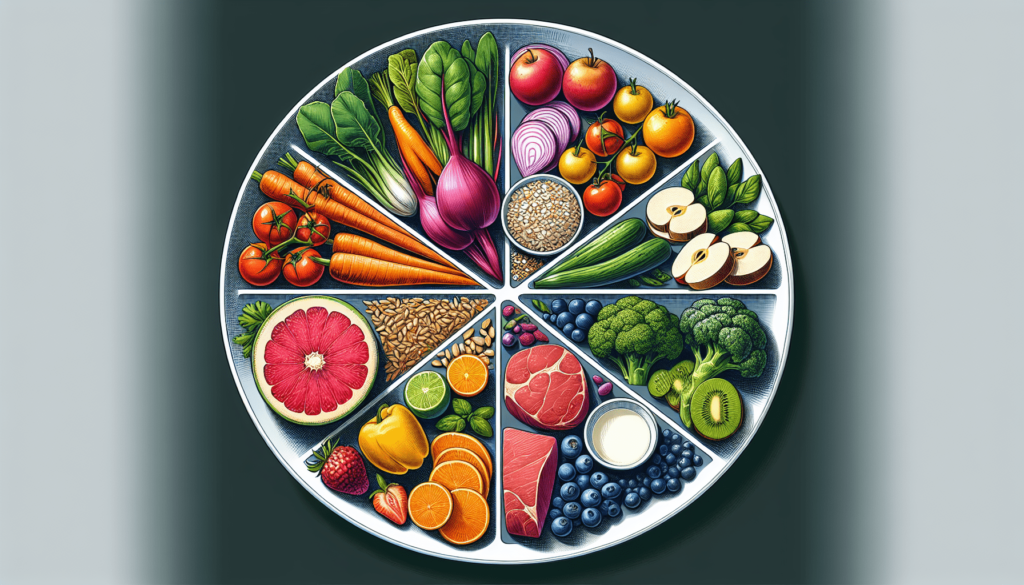Diving into the world of healthy eating, it’s essential to understand the fundamentals of a balanced diet. A balanced diet is like the perfect recipe for maintaining your overall well-being; it combines the right proportions of carbohydrates, proteins, fats, vitamins, and minerals to ensure your body runs smoothly and efficiently. This concept not only helps in keeping your energy levels up but also plays a crucial role in warding off diseases. By grasping what constitutes a balanced diet, you’re taking a proactive step towards a healthier and happier life where you can thrive every day. Have you ever found yourself wondering exactly what it means to eat a balanced diet? It’s a term tossed around quite often—maybe by your doctor, in articles, or during morning shows. But figuring out what it actually means can sometimes feel as complicated as those old school chemistry classes. Don’t worry, though. We’re here to break it down for you, making everything as simple and digestible as possible.
Understanding a Balanced Diet
Starting with the basics is always a good idea. A balanced diet includes a variety of foods in the right proportions, and consuming the right amount of food and drink to achieve and maintain a healthy body weight. But let’s unpack that a bit more, shall we?
Importance of Macronutrients
Macronutrients are nutrients that your body needs in large amounts to function properly.
Proteins, carbohydrates, and fats are the big three macronutrients that you’ve probably heard about.
- Proteins are essential for muscle repair and growth.
- Carbohydrates are your body’s main source of energy.
- Fats, despite their bad reputation, are actually crucial for brain health and energy.
Importance of Micronutrients
While macronutrients get a lot of the spotlight, micronutrients are just as vital. These include vitamins and minerals such this;
Vitamins such as A, B, C, D, E, and K play a variety of roles in keeping you healthy—from bone health to immune function to eyesight.
Minerals like calcium, potassium, and iron are key for bone health, muscle function, and carrying oxygen to your cells, respectively.
Components of a Balanced Diet
So, what exactly should be on your plate?
Carbohydrates
Whole Grains
- Examples: Brown rice, oatmeal, quinoa, whole wheat bread
- Portion Size: About 1/4th of your plate
Fruits and Vegetables
- Examples: Berries, apples, carrots, kale
- Portion Size: Aim for half your plate to be filled with fruits and vegetables.
Proteins
Animal-Based
- Examples: Chicken, beef, fish, eggs
- Portion Size: Roughly the size of your palm
Plant-Based
- Examples: Lentils, chickpeas, tofu, quinoa
- Portion Size: Comparable to the portion of animal-based proteins
Fats
Healthy Fats
- Examples: Avocados, nuts, seeds, olive oil
- Recommended Intake: A small portion, like a thumb-sized amount of oils or a handful of nuts
Water
Hydration plays a critical role in a balanced diet.
- Recommendation: About 8-10 glasses a day, but this can vary based on your activity level and personal needs.

Benefits of Eating a Balanced Diet
Eating well isn’t just about keeping your waistline in check. A balanced diet boosts your health in many other ways.
Supports Overall Health
From reducing the risk of chronic diseases like heart disease and diabetes to supporting your immune system, eating a balanced diet is key to maintaining good health.
Maintains Energy Levels
Balanced meals ensure you have the stable energy levels you need to get through your day without having to rely on constant caffeine hits.
Enhances Brain Function
Foods rich in omega-3 fatty acids, antioxidants, and vitamins are critical for your brain and can improve memory and cognitive function.
How to Implement a Balanced Diet
Knowing what a balanced diet looks like and doing it are two different things. Let’s make it manageable.
Planning Your Meals
- Tip: Planning goes a long way to prevent last-minute unhealthy choices. Think about your meals for the next few days and make a grocery list to match.
Reading Nutrition Labels
- Tip: Get into the habit of reading labels to understand what’s in your food. Pay attention to serving sizes, calories, and sugar content.
Cooking at Home
- Tip: Cooking at home allows you to control the ingredients and stay on track with your balanced diet.
Simple Recipe Ideas
- Breakfast: Oatmeal topped with nuts and berries.
- Lunch: Grilled chicken salad with a variety of mixed greens, cherry tomatoes, and avocado.
- Dinner: Baked salmon with quinoa and steamed broccoli.

Challenges to Maintaining a Balanced Diet
It’s easy to get off track when life gets busy. Here are some common hurdles and how to overcome them.
Time Constraints
- Solution: Prep meals in advance or opt for healthy, minimal preparation foods like raw fruits and vegetables, nuts, or yogurt.
Eating Out
- Solution: Look for menu items that closely match what a balanced meal would look like at home—think grilled proteins, salads, and steamed vegetables.
Cost
- Solution: Buying whole foods in bulk, sticking to seasonal produce, and using cost-effective protein sources like beans and lentils can help manage your food budget.
Conclusion
Ultimately, a balanced diet is about fueling your body with the right nutrients to function at its best. It doesn’t have to be overly complex or restrictive. By incorporating a variety of foods in appropriate proportions, you can enjoy delicious, nourishing meals that support your health and lifestyle. Remember, the goal of eating well is to feel great, have more energy, and reduce the risk of disease. There’s no one-size-fits-all solution, and it’s all about finding what works best for you! So, take these tips, tweak them to fit your individual needs, and start your journey to a healthier you.
